An agile approach to overhauling data architecture improves speed, flexibility, and innovation.
Research and publish the best content.
Get Started for FREE
Sign up with Facebook Sign up with X
I don't have a Facebook or a X account
Already have an account: Login
Get weekly or monthly digest of all posts in your inbox: https://fmcs.digital/wim-subscribe
Curated by
Farid Mheir
 Your new post is loading... Your new post is loading...

Obinna Odenigbo's curator insight,
October 30, 2018 3:55 AM
AI could be very useful in the retail industry. |

Curated by Farid Mheir
Get every post weekly in your inbox by registering here: http://fmcs.digital/newsletter-signup/
|






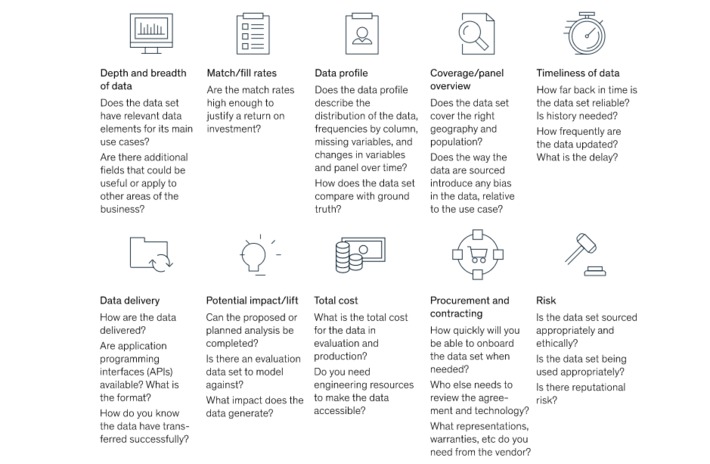
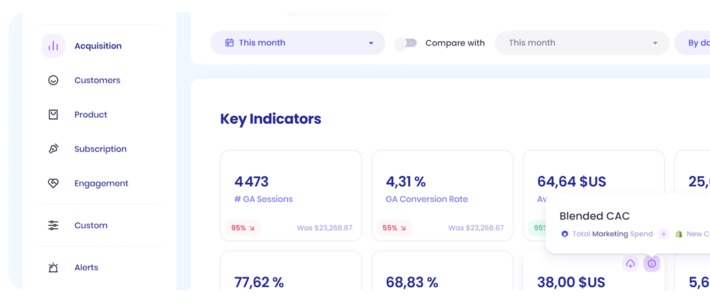

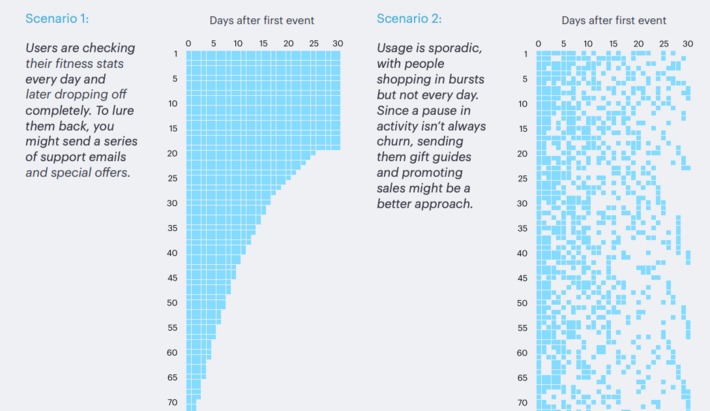


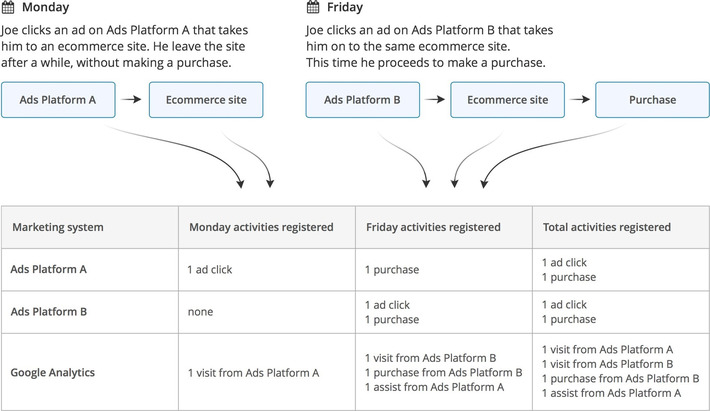
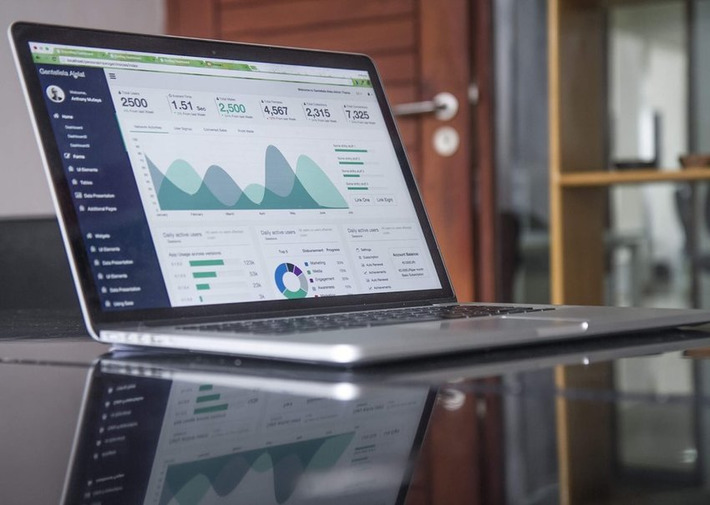
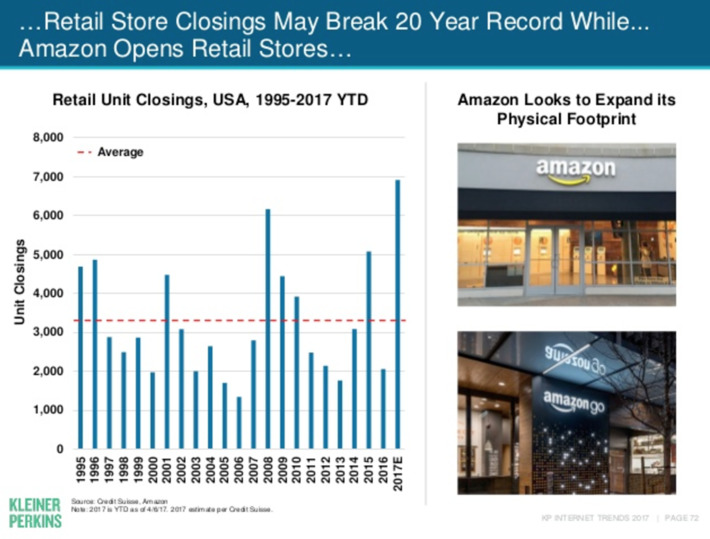

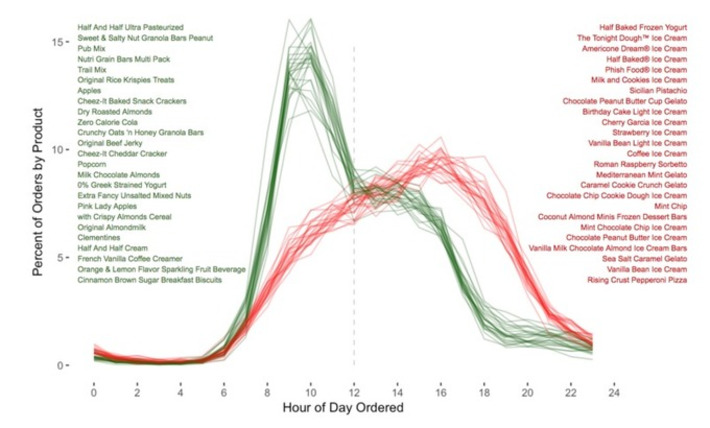
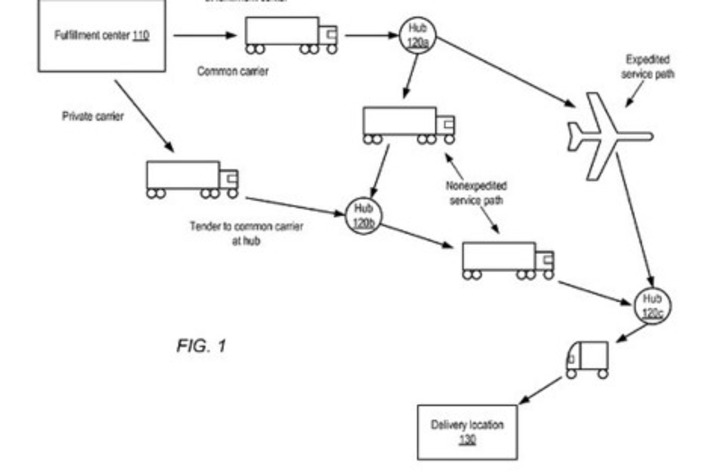








nice